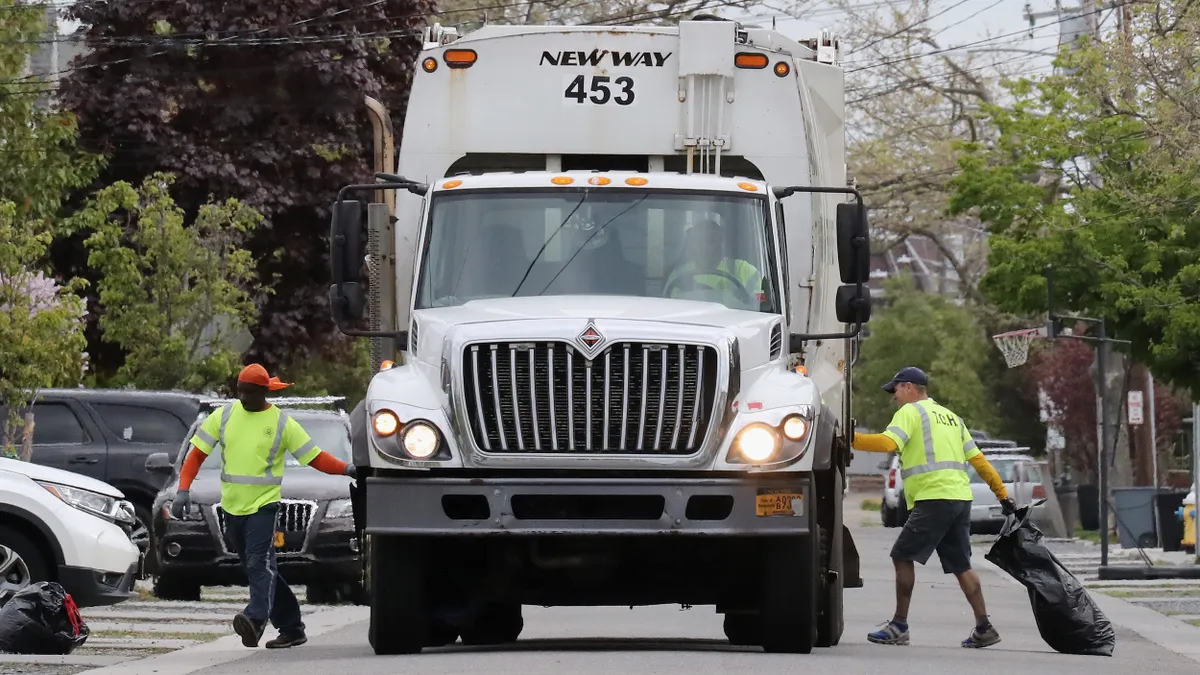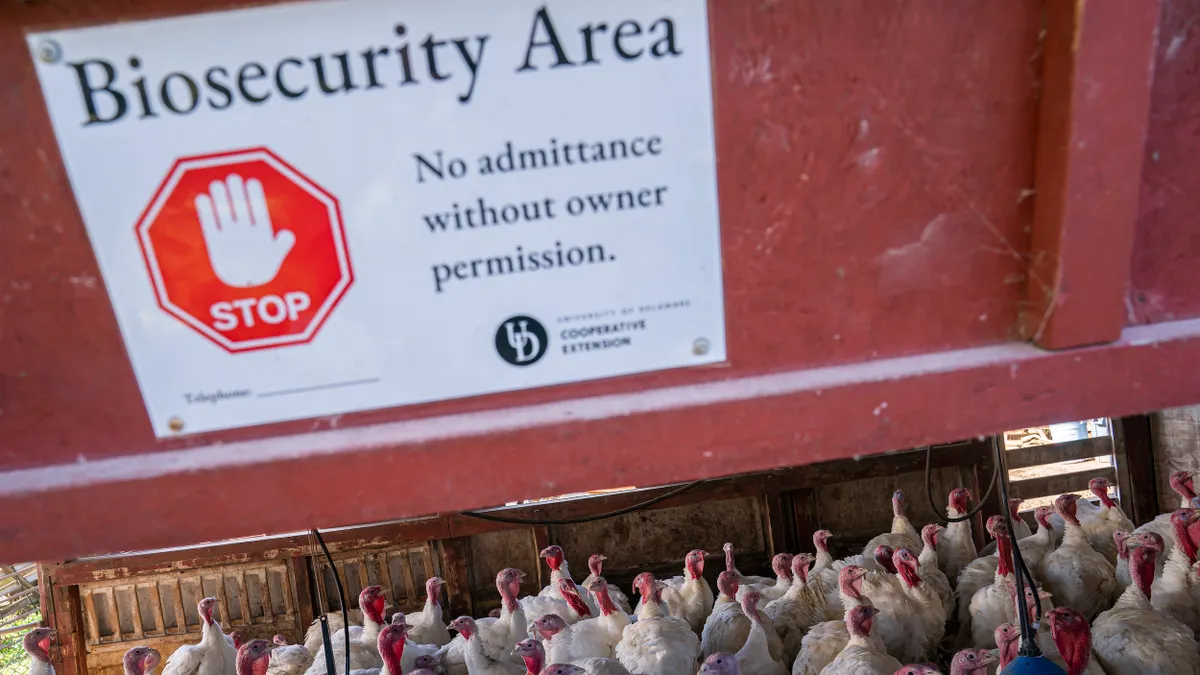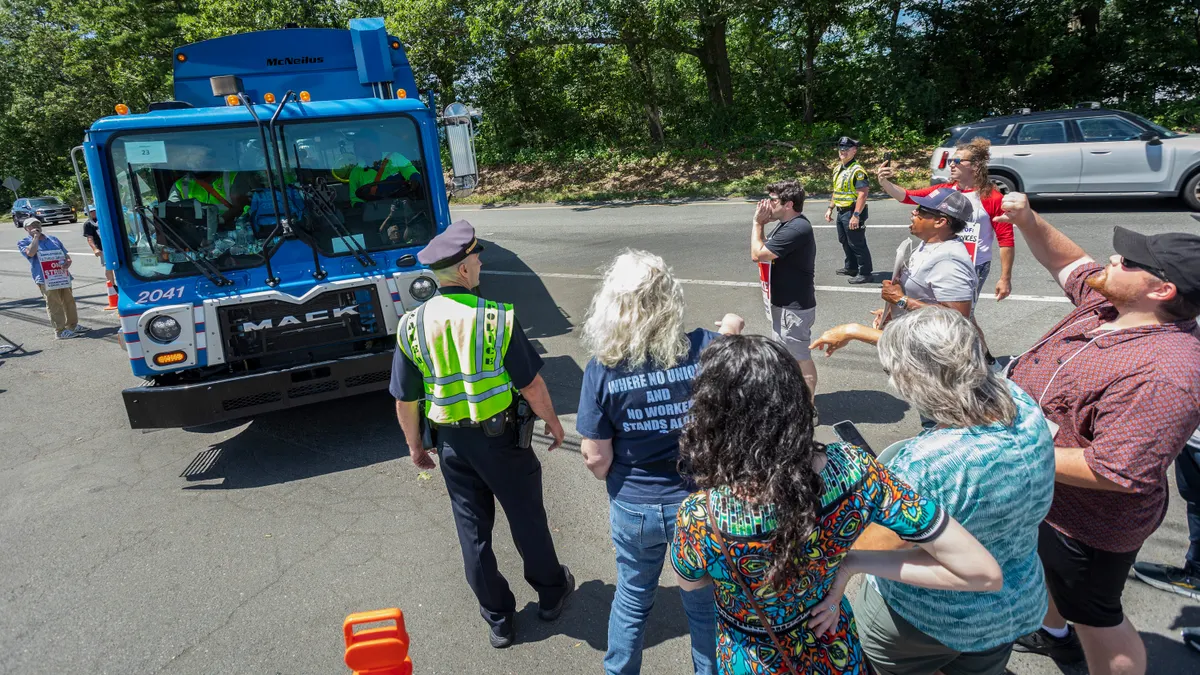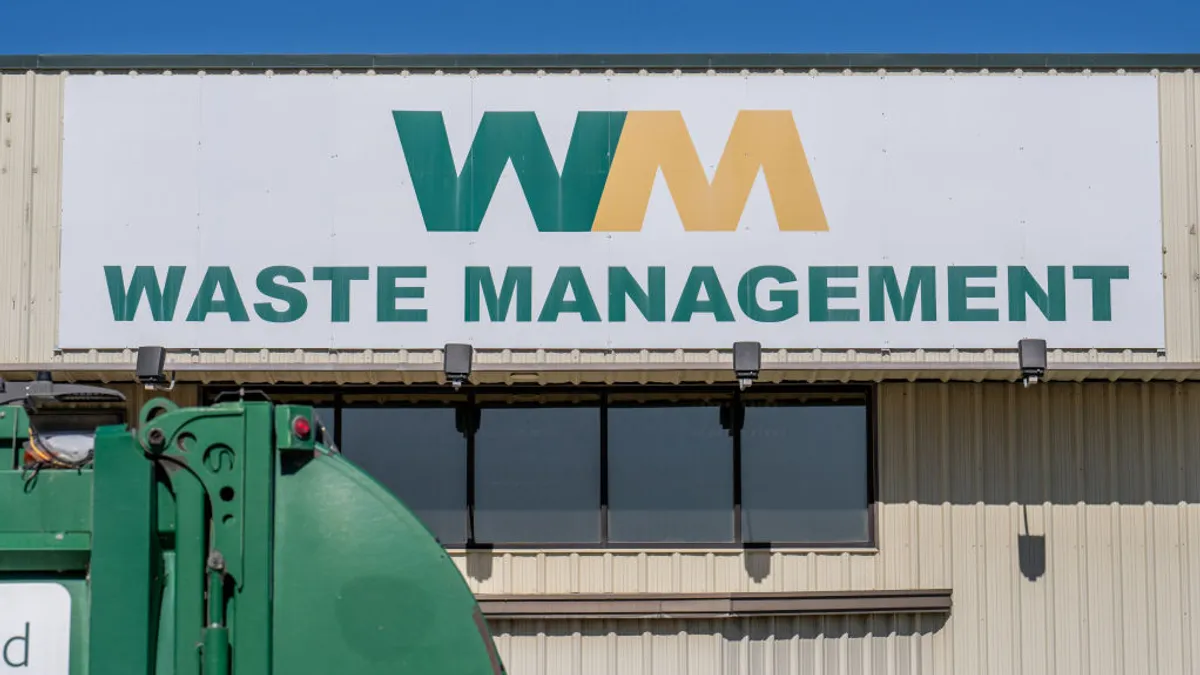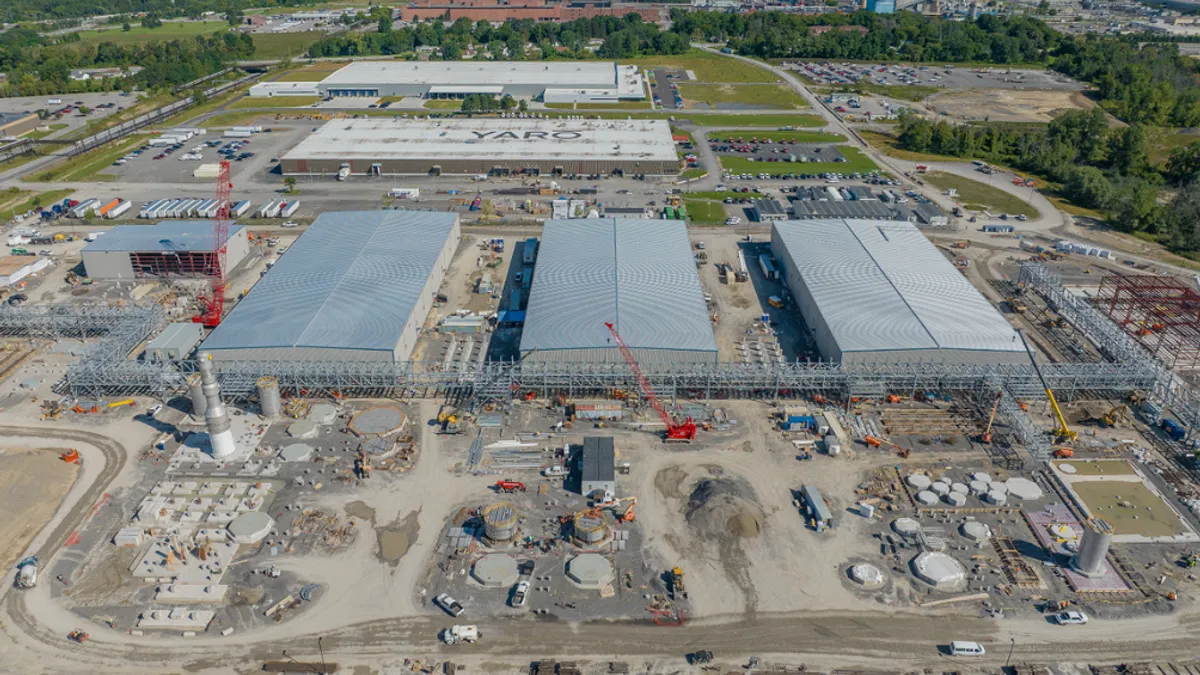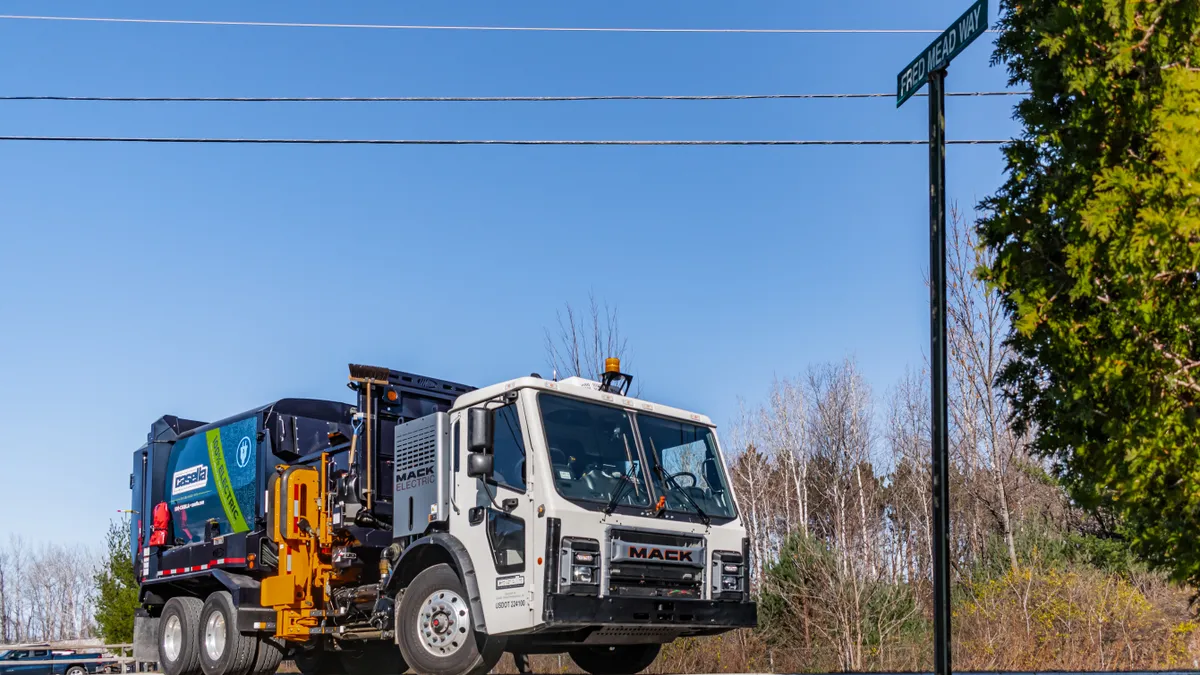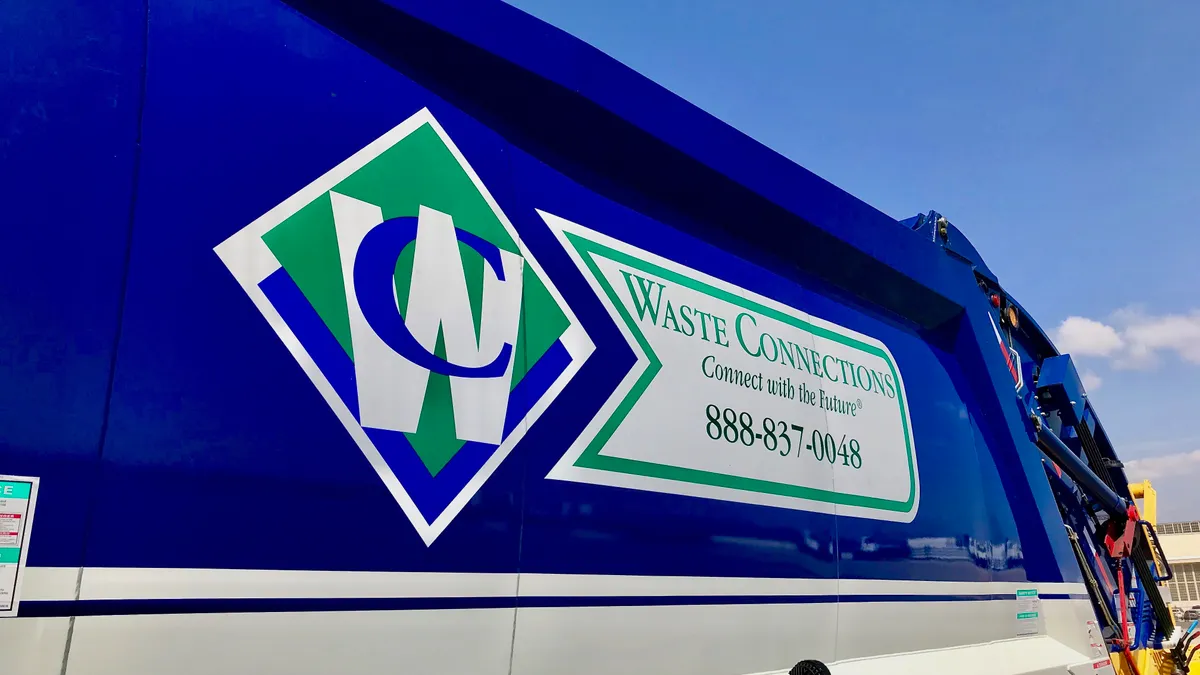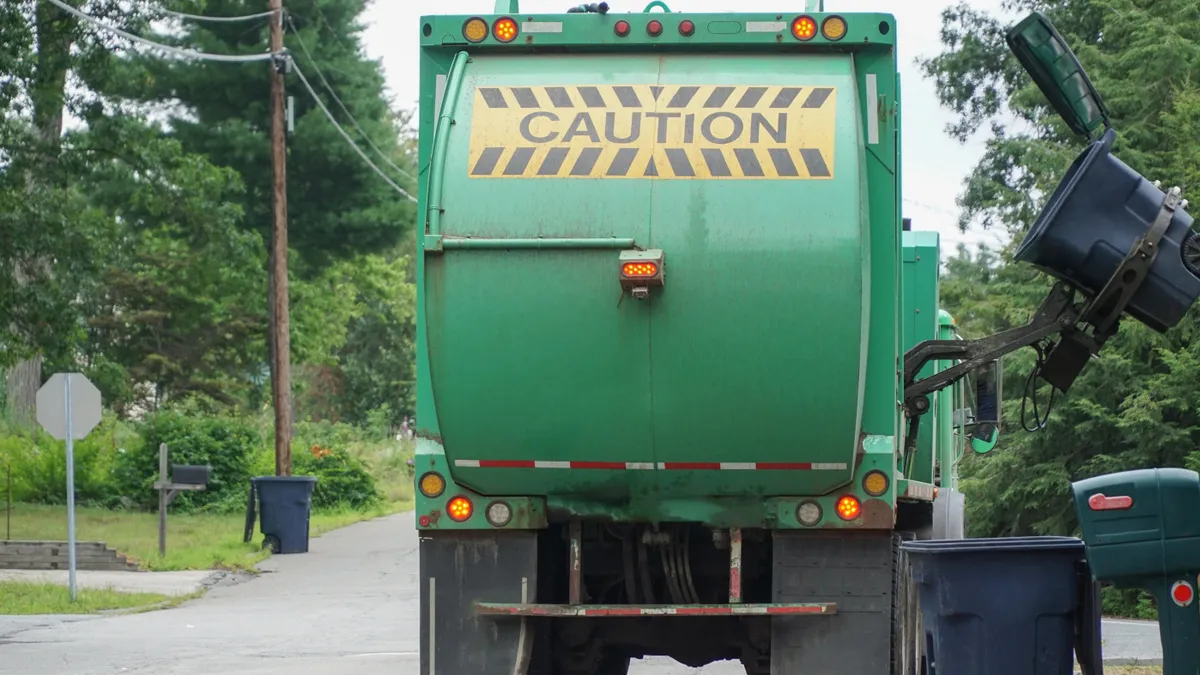Waste and recycling systems were among the essential services that kept running when the pandemic hit in 2020. Today, industry participants say business is largely back to normal.
The early months of COVID-19 had many effects on the industry, including an unknown number of worker deaths and illnesses. Commercial business plummeted, questions about how the virus was transmitted were rampant and social distancing guidelines made facility operations challenging. The labor market and supply chain took years to bounce back from these dramatic events.
Yet the U.S. waste and recycling industry hasn’t seen as many permanent changes stick around, aside from virtual meetings and other societal shifts, versus other sectors. Opinions vary on just what to make of the pandemic’s legacy five years later.
Safety and recognition
Even once waste and recycling services were deemed essential by state and federal government agencies, it remained difficult to source personal protective equipment during the pandemic’s early days. Sources say this led to changes in the industry’s procurement strategies, and in some cases brought a greater focus to health and safety.
Some of the enhanced protocols that were necessary during the height of the pandemic have been permanently adopted at many waste facilities today, said Kristyn Oldendorf, senior director of public policy and communications for the Solid Waste Association of North America, via email.
That includes practices such as installing permanent hand sanitation stations, as well as enacting more frequent cleaning schedules for vehicles and facilities. Oldendorf also noted that “many facilities have made upgrades to their ventilation systems” since the pandemic. She said there has also been an improved focus on employee wellness, including mental health, as labor strains showed the need to support employees in a more holistic manner.
"I think that all the companies are a little bit more aware of the dangers of different things these guys handle every day,” said Chuck Stiles, director of the Teamsters’ Solid Waste and Recycling Division. "We have seen the companies be more prepared in regards to having what's needed,” he said, referencing items such as sanitizer, work gloves and water.
The early days of the pandemic also brought a heightened focus on collection workers, including commercials and other recognition of their roles as essential workers, but sources say that has largely faded.
"They continued to work through this even when waste was down, they all came up with ways to keep each other working and look out for each other,” said Stiles, adding that he feels the message from employers is now "just go clock in and get your jobs done, no more of the heroes.”
The National Waste & Recycling Association has been especially focused on the concept of better telling the industry’s story, and raising its visibility as an essential utility that sends trucks down streets more than just about any other type of vehicle.
“We got extraordinarily good publicity … because we were essentially the only thing that's on the street,” said CEO Michael E. Hoffman, who assumed his role in 2024. “You've got these great human interest stories of the kids standing at the side waving to their garbage truck drivers and operators. We should have seized that moment and carried it beyond.”
At the same time, others feel that some of this attention had a lasting effect.
"I think that there's a greater recognition of the essential role that sanitation collection workers play in communities,” said David Biderman, a consultant who was head of SWANA during the pandemic. “I think more people have become in touch with the waste and recycling that they generate at their homes.”
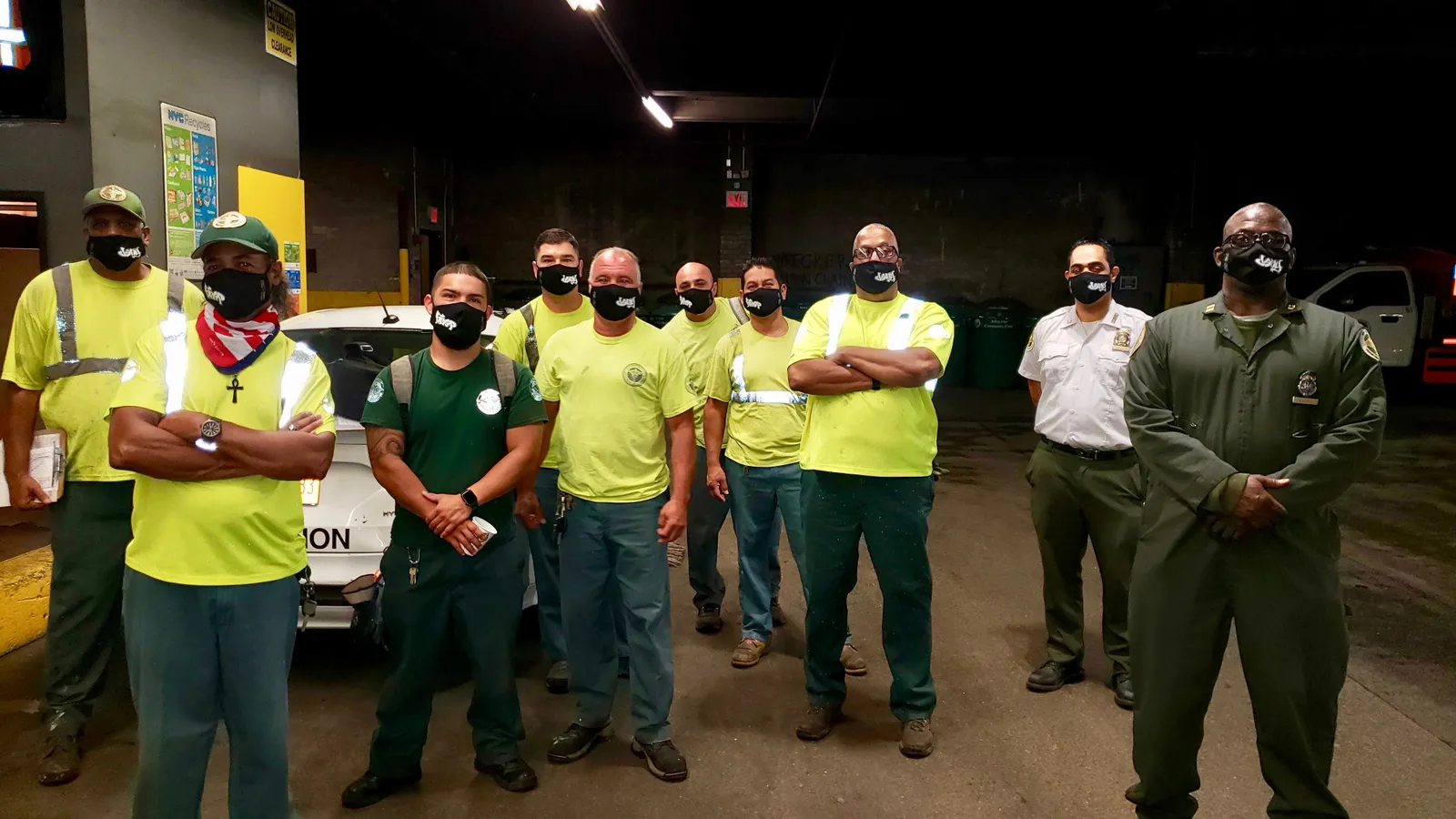
Volume shifts
The initial lockdown policies in the spring and summer of 2020 caused a sharp decline in commercial volumes, triggering financial concerns throughout the sector and layoffs at certain companies. Meanwhile, residential volumes spiked for public and private sector collection operations.
While the industry had already been working to improve the financial sustainability of its residential contracts, this increased the urgency for some companies as volumes grew and the workforce was strained.
In the early days of the pandemic, “we saw a significant increase in the amount of trash and recycling,” said Amanda Pratt, senior vice president of communications for Ohio-based Rumpke Waste & Recycling.
Though Rumpke was able to adjust to the increase “seamlessly,” Pratt said it prompted the company to quickly build relationships with new vendors and “collaborate and overcome supply challenges without impacting the customer and while most importantly keeping our team safe. That broader network of vendors remains in place today.”
The pandemic’s effect on inflation also played a role in escalating prices over a multiyear period.
Michael Vinciguerra, a managing director covering environmental services at financial advisory firm Solomon Partners, said the temporary redistribution of volumes led to a reconfiguration of pricing agreements for haulers.
"Coupled with a high inflationary environment, waste companies were able to largely offset volume shifts with price increases and have been able to sustain the new price levels as volume continues to normalize between commercial and residential," Vinciguerra said in an email.
New York City, which was an early epicenter for the pandemic, doesn’t have precise data on this volume trend but has seen some lasting effects — including for organic waste.
The Department of Sanitation was the coordinating agency for the city's emergency food program, and that role gave staff new insight into food waste, said Josh Goodman, deputy commissioner of public affairs and customer experience.
As the city came out of pandemic-era restrictions, Mayor Eric Adams’ administration implemented a plan to remove organics from the curbside residential waste stream.
"It really drove home the need for organic waste recovery," Goodman said.
Overall, combined residential and commercial waste volumes are down slightly across the city, though the exact reasons why are unclear, according to Goodman. The city has seen several concurrent trends in the last five years, including a still-present decrease in office waste and a quick rebound for retail waste.
These volume fluctuations also sent ripple effects through the nation’s complex recycling system. Most notably, cardboard boxes that were once generated in clean bales at retail stores shifted to smaller and different e-commerce formats at the residential level.
Myles Cohen, who worked for Pratt Industries during the early pandemic and went on to found consulting firm Circular Ventures, said this shift made it more challenging to capture the same volume and quality of material.
Cohen said that before the pandemic, residential recycling contamination levels were already “getting worse and worse for a myriad of reasons.” During the pandemic, he said MRFs began seeing items like face masks, plastic gloves, wet wipes and other non-recyclable items in their collection streams.
While many people largely resumed their in-person shopping habits, Cohen and others said the pandemic did have a lasting effect on e-commerce activity. E-commerce sales are above their pre-pandemic baseline and that has consequences for recyclers.
"We have more fiber in the house, we have more single-use packaging related to things that you're shipping in the house,” said Hoffman, adding that “we've got a permanent shift in some of that e-commerce.”
MRF operators have been investing in different systems to capture these boxes as a result. Cohen said the increased OCC from residential streams is good news, but noted “we only have about a 30 to 35% capture rate of cardboard from households” so much of this material is still getting disposed of.
Another factor in the recycling supply chain, which started as a result of the National Sword market shake-up but was exacerbated by the pandemic, is cuts to curbside recycling programs. A number of local governments paused or permanently ended their programs during the pandemic, though some have since resumed.
"There still are communities that are under pressure to reduce or eliminate curbside recycling because it's perceived as not being economically feasible. And the recent freeze on federal grant money to support recycling might impact multiple communities over the course of the next year or so,” said Biderman, speaking in late February.
More recent court orders and commitments from the U.S. EPA indicate that some of this federal funding could resume, but details remain tentative.

Investments and long-term effects
The pandemic also offered another example of the industry’s resilience during challenging economic periods.
“Going into 2020, we were already seeing a growing focus on essential services and COVID only hyper-charged that focus,” said Vinciguerra, noting ongoing interest from investors. “Waste is a quintessential essential service, and across the space we largely saw durability in performance during otherwise challenging times partly due to waste companies’ ability to offset inflationary pressure through price.”
This durable financial model has allowed companies to continue growing and making capital investments in new technology. Though when it comes to investments in recycling, opinions vary on how much the pandemic played a role.
While some communities were cutting recycling service during the early months of the pandemic, demand for recycled materials started to rise as supply chain disruptions prompted businesses to seek new avenues for raw material.
AMP CEO Tim Stuart cited this as one of multiple factors that’s been driving investment in MRF technology.
“These forces accelerated demand for and adoption of advanced technology,” he wrote via email. “We're now seeing AI can address other longstanding issues beyond labor, such as the ability to sort in mixed waste settings, eliminate entire classes of lower-reliability equipment, help preserve airspace and extend the life of landfills, and more.”
Biderman also feels the pandemic played a role in the shift.
“I think that COVID contributed to the increased mechanization at MRFs,” said Biderman. “I think that trend had already started, but I think that the labor shortages and health concerns raised around having lots of workers in close quarters on a picking line contributed to MRF operators investing in robots and other technology.”
Hoffman said that he thinks the pandemic may have actually hindered this MRF automation trend, at least temporarily, due to supply chain constraints.
Beyond MRFs, Hoffman said “there are structural supply chain issues that persist to this day” for vehicle parts and other categories due to the repercussions of stopping and starting portions of the economy during the pandemic.
In Hoffman’s view, a more tangible and recent trend is the investment in vocational training for various frontline positions. While this conversation was also underway, Hoffman said the pandemic “helped bring urgency” to it amid labor constraints.
“You're seeing the rebirth of vocational training by business. And it's not just the purview of big [companies]. Now you're seeing the smaller operators figure out how to bring back in house this vocational training. Because if you do it, the retention of the people you have invested in is far greater,” he said.
In a sign of the sector’s resilience, federal data shows that employment in the broader waste management and remediation services category is now well above pre-pandemic levels, even as some operators have reduced headcount via automation.
Goodman said DSNY has hired "thousands" of people since 2020. The city has also set up a memorial for workers who died during the pandemic.
Beyond public perception, the workers themselves have gained a new understanding of what their job does for the community, Goodman said.
"The pride in the work is real," he said. "That's always been there, but I certainly think the recognition that occurred at the height of the pandemic has stuck.”


